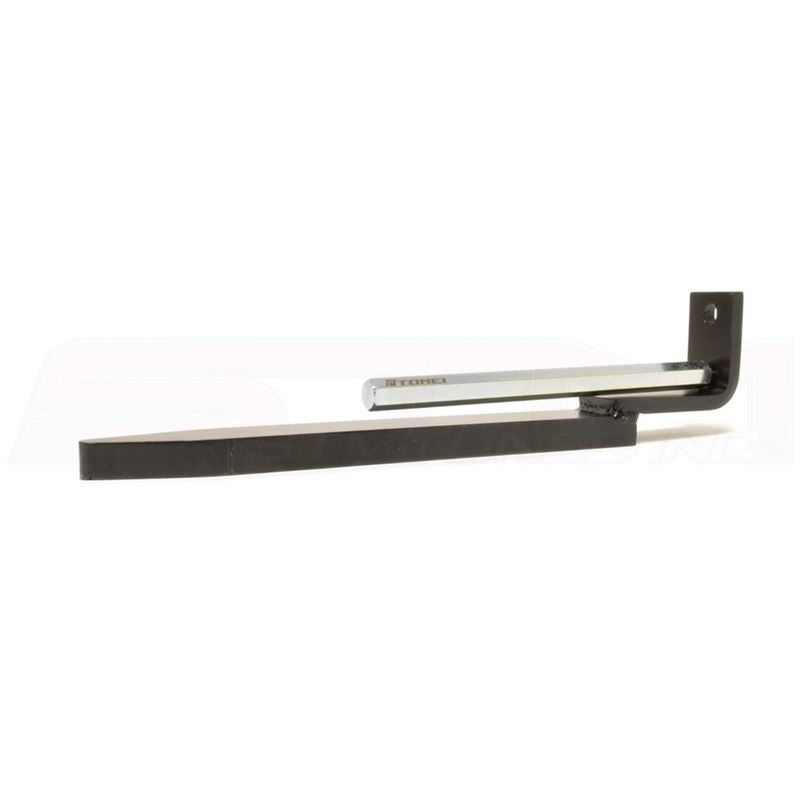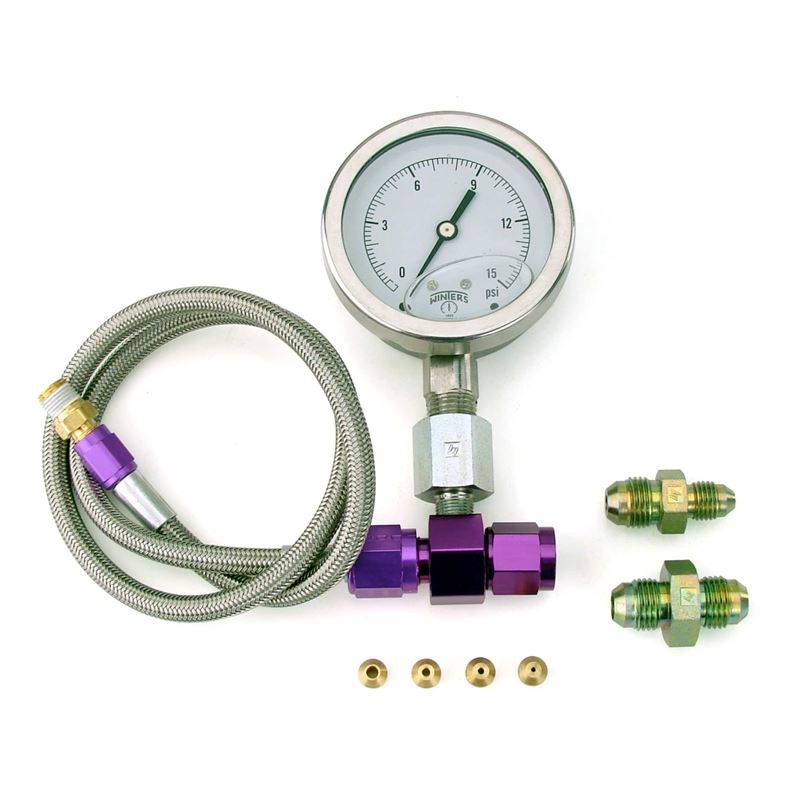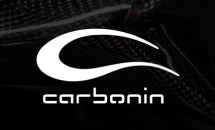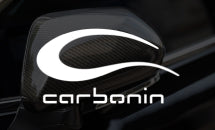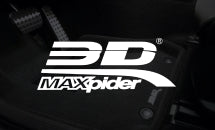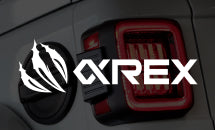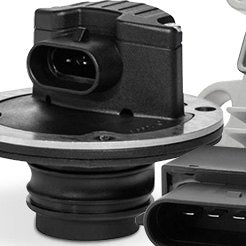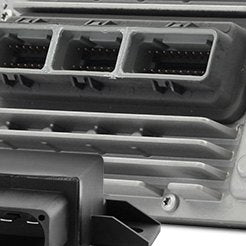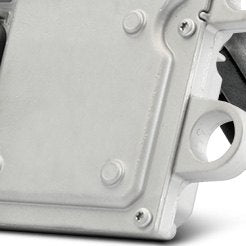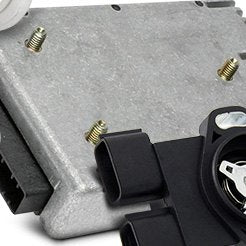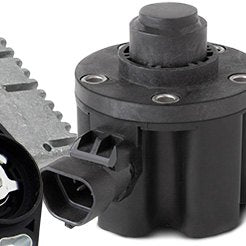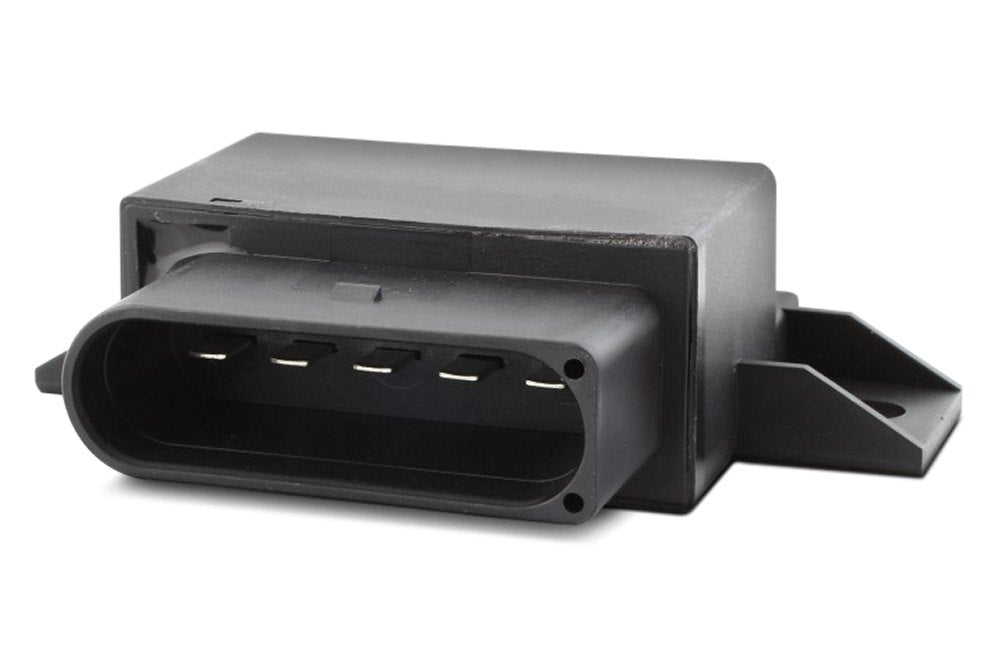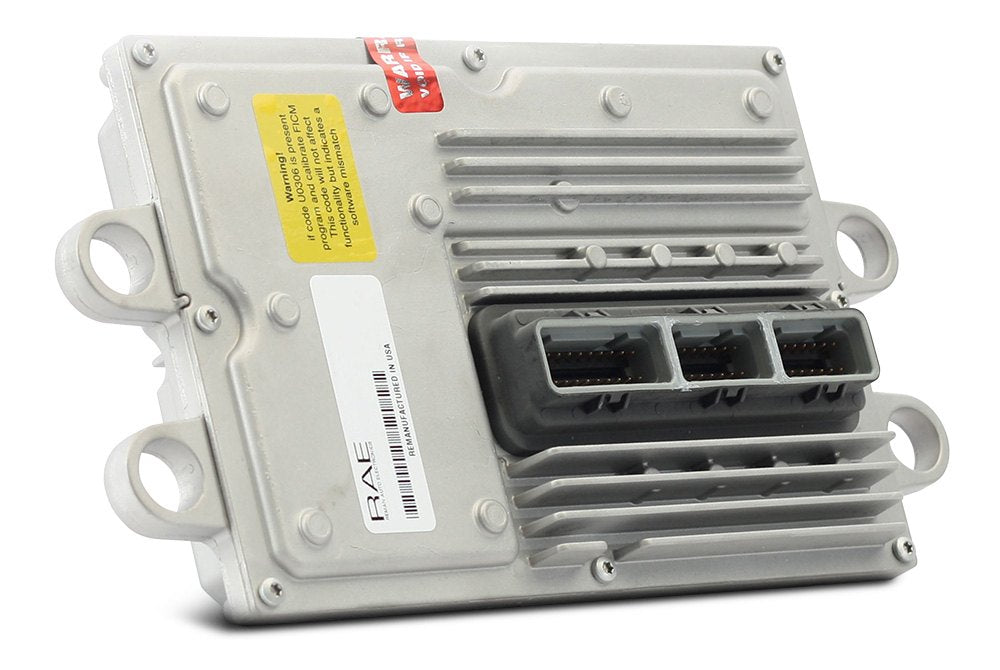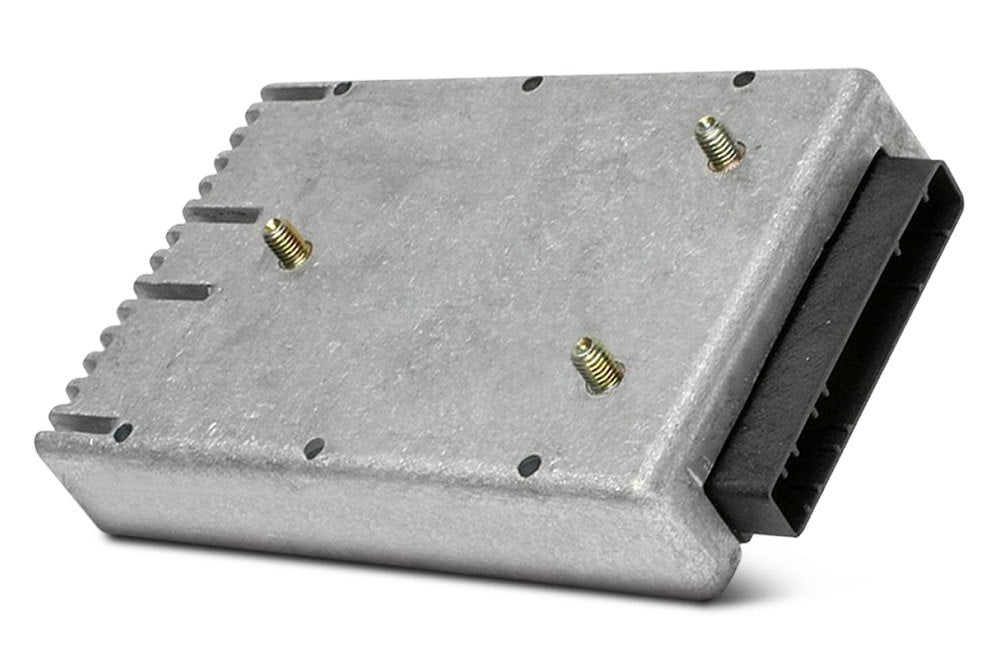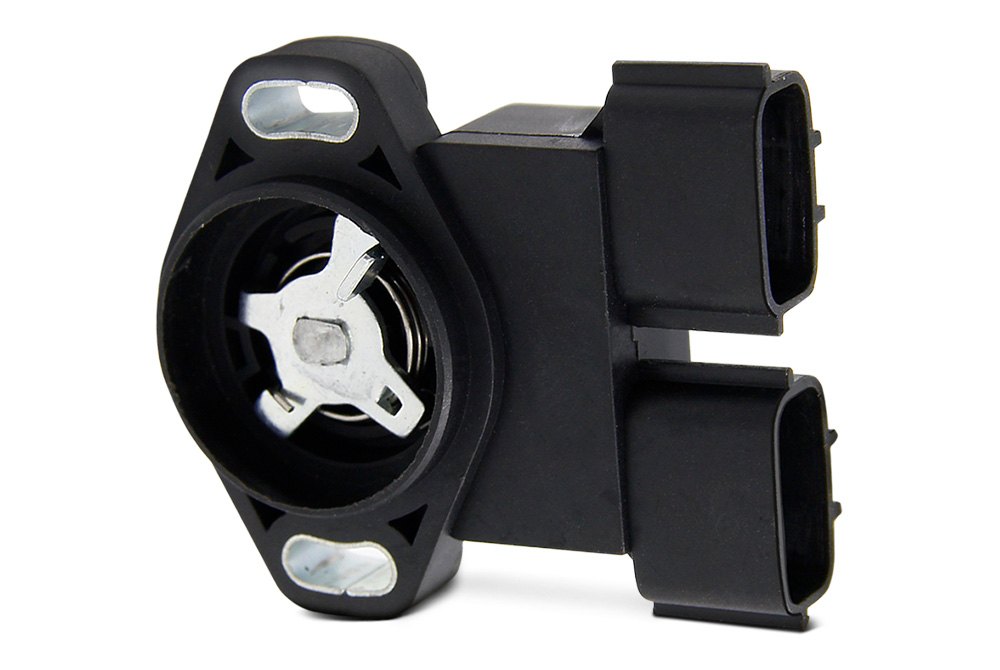
Fuel Sensors and Switches
For a modern electronic fuel injection system to function properly, there must be an accurate and continuous flow of electrical signals from the various sensors that supply information to the PCM (Powertrain Control Module). The PCM uses this input along with internal programming, to control the system through the output of signals to actuators like fuel injectors, relays, valves and motors, ensuring optimal performance and economy with minimal emissions.
The causes of sensor failure can vary according to the type of sensor and its location. All electrical components are exposed to temperature extremes and the environment. Contamination, mechanical breakage, and corrosion and wiring damage that can cause opens or short circuits can all result in electrical malfunctions. Besides poor performance, such events will usually cause a fault code to be stored in the PCM and the illumination of the CHECK ENGINE light.
On most late model electronically fuel injected vehicles, the PCM must receive a cranking signal from the crankshaft or camshaft sensor before energizing the fuel pump relay. The relay in turns applies voltage to the fuel pump so it can pressurize the fuel system. When the engine is running, fuel system sensors supply engine load and driver demand info to the PCM so it can in turn calculate fuel flow. The Mass Air Flow (MAF) sensor measures the amount of air entering the engine and the Throttle Position Sensor (TPS) indicates throttle plate position and opening speed, and the driver's desired rate of acceleration.
When the engine warms up it goes into closed loop, and the PCM uses input from the oxygen sensor along with the other fuel system sensors to calculate fuel flow. The oxygen sensor compares the oxygen content in the exhaust stream with atmosphere in order to maintain the most efficient air/fuel ratio for combustion. In response to these inputs, the PCM varies the fuel injector pulse width to suit fuel demands. In general, the pulse width is shorter at idle when less fuel is needed, and lengthened when the engine is under load and more fuel is needed. The PCM also controls other actuators like the Idle Air Control (IAC) valve.
Although individual components can fail, it's also common for corrosion and breaks in wires and connectors to cause shorts and opens that can result in circuit failures, and even cause a voltage overload that can destroy an expensive component like a PCM. It's usually difficult or impossible to clean and repair the small, delicate contacts in electrical connectors, so in addition to our large selection of replacement fuel system sensors, switches, relays, and actuators, we also have the OE connectors for most of these components, complete with the wiring ""pigtail"" so the connector can easily be spliced into the harness.
 BUY NOW, PAY LATER. Starting at 0% APR
BUY NOW, PAY LATER. Starting at 0% APR 

